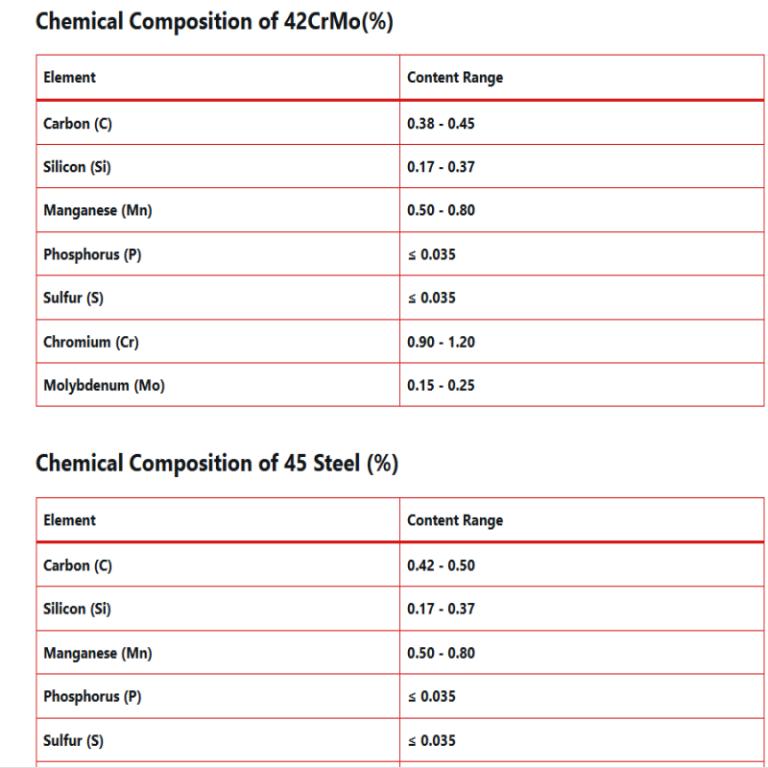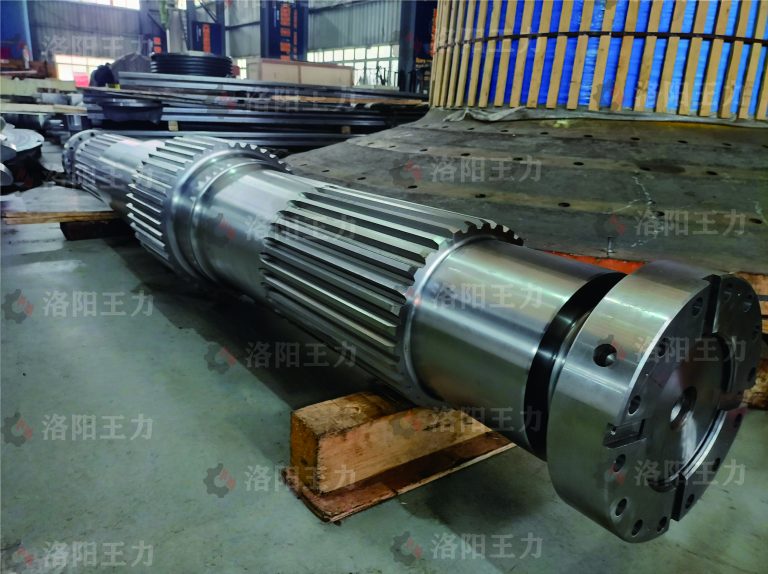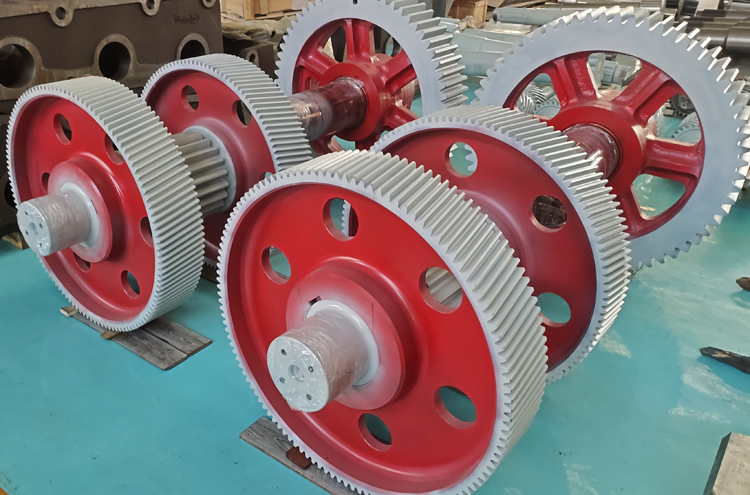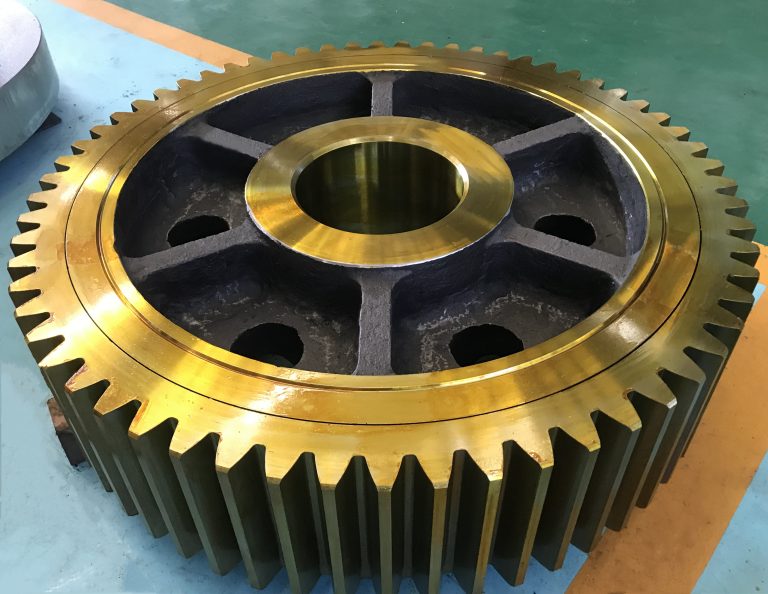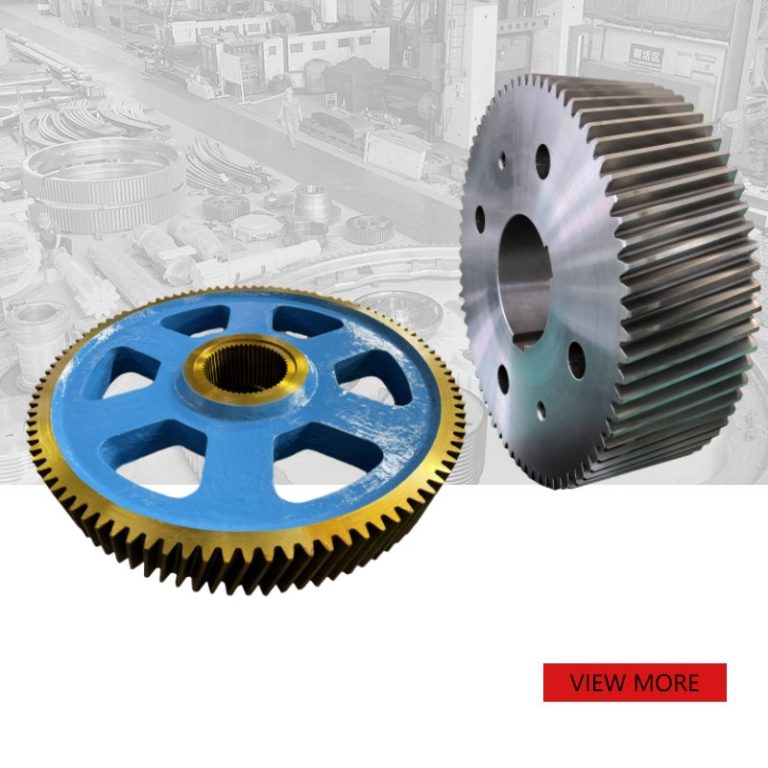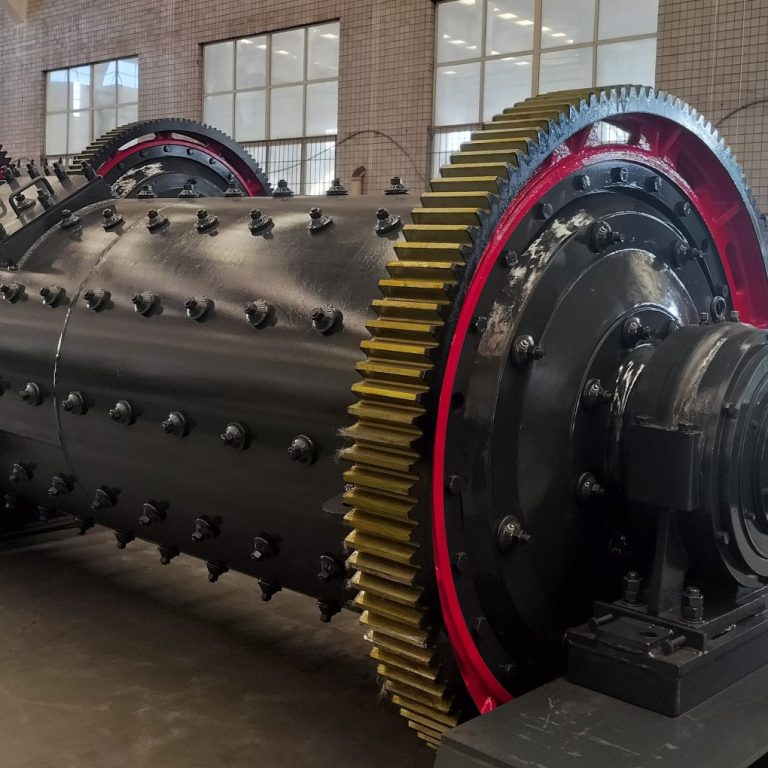
The “Backbones” of Industrial Transmission: Manufacturing and Technological Value of Spur Gear Shaft
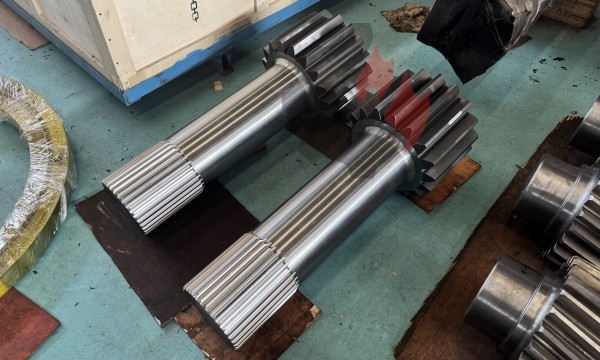
spur gear shafts are like the “backbones,” carrying the core role of torque transmission and motion conversion In the power transmission system of industrial equipment. The pair of high-precision spur gear shafts pictured, manufactured by a professional manufacturer, exemplify precision manufacturing and technological innovation in the industrial transmission field.
1.Materials and Processes: The Cornerstone of Performance
The performance of spur gear shafts depends primarily on the selection of materials and processes. They utilize high-quality alloy structural steel as a base. A forging process refines the steel’s internal grain size and creates a dense structure, laying the foundation for subsequent performance improvements. The subsequent carburizing and quenching treatment is a critical step. Key areas of the gears and shafts are carburized in a controlled atmosphere, followed by quenching and tempering, achieving a tooth surface hardness of HRC58-62 while maintaining excellent toughness in the core. This “hard tooth surface, tough core” structure enables the gear shafts to withstand heavy loads and impacts while avoiding brittle fracture.
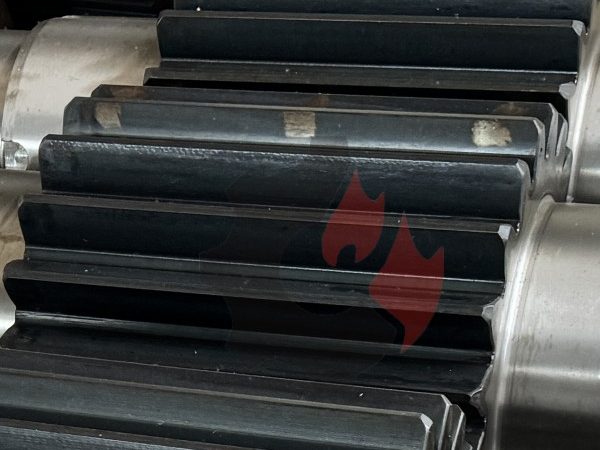
2.Precision Machining: The Guarantee of Transmission
To achieve high-precision transmission, the gear shafts are machined to stringent precision standards. The gears are precision-cut using a hobbing process, achieving a tooth surface roughness of Ra ≤ 1.2μm and a pitch cumulative error of less than 8μm, meeting the Grade 6 precision requirements of GB/T 10095.1-2008. This high-precision tooth profile ensures over 80% contact area during gear meshing, effectively distributing loads, reducing wear and noise, and maintaining smooth transmission even under high-speed and heavy-load conditions.
The shaft body’s splines utilize an involute spline design, manufactured through high-precision slotting or rolling processes, achieving exceptionally high centering accuracy and a clearance of less than 0.03mm with mating components. This design not only enhances torque transmission but also maintains high coaxiality during assembly and operation, preventing excessive wear and vibration caused by misalignment.
3.Applications and Value: The “Power Link” of Industry
This type of spur gear shaft is widely used in heavy-duty transmission systems in metallurgy, mining, heavy machinery, and other fields. For example, in metallurgical rolling mills, it can stably transmit enormous torque under complex conditions of alternating and impact loads, ensuring precise control of the roll speed and torque. In mining hoisting equipment, its excellent fatigue resistance ensures long-term continuous operation and reduces downtime for maintenance.
From a technical perspective, the precision manufacturing of spur gear shafts embodies modern industry’s pursuit of “efficient, reliable, and long-life” transmissions. It not only integrates metal materials, heat treatment processes, and precision machining technologies, but also serves as a key enabler for the development of larger and more intelligent industrial equipment. Only such precision transmission components can enable equipment such as 10,000-ton rolling mills and ultra-large excavators to unleash powerful and precise power.
Under the wave of Industry 4.0, spur gear shaft manufacturing is evolving towards “intelligence and customization.” Manufacturers can customize material formulations, tooth profile parameters, and processing techniques based on the load, speed, and environmental requirements of different operating conditions, making this “backbone of industry” more adaptable and competitive in a wider range of high-end equipment.
We mainly produce customized large mechanical spare parts according to customer drawings. If you are interested in our products or want to know more, please click the link to contact us.


